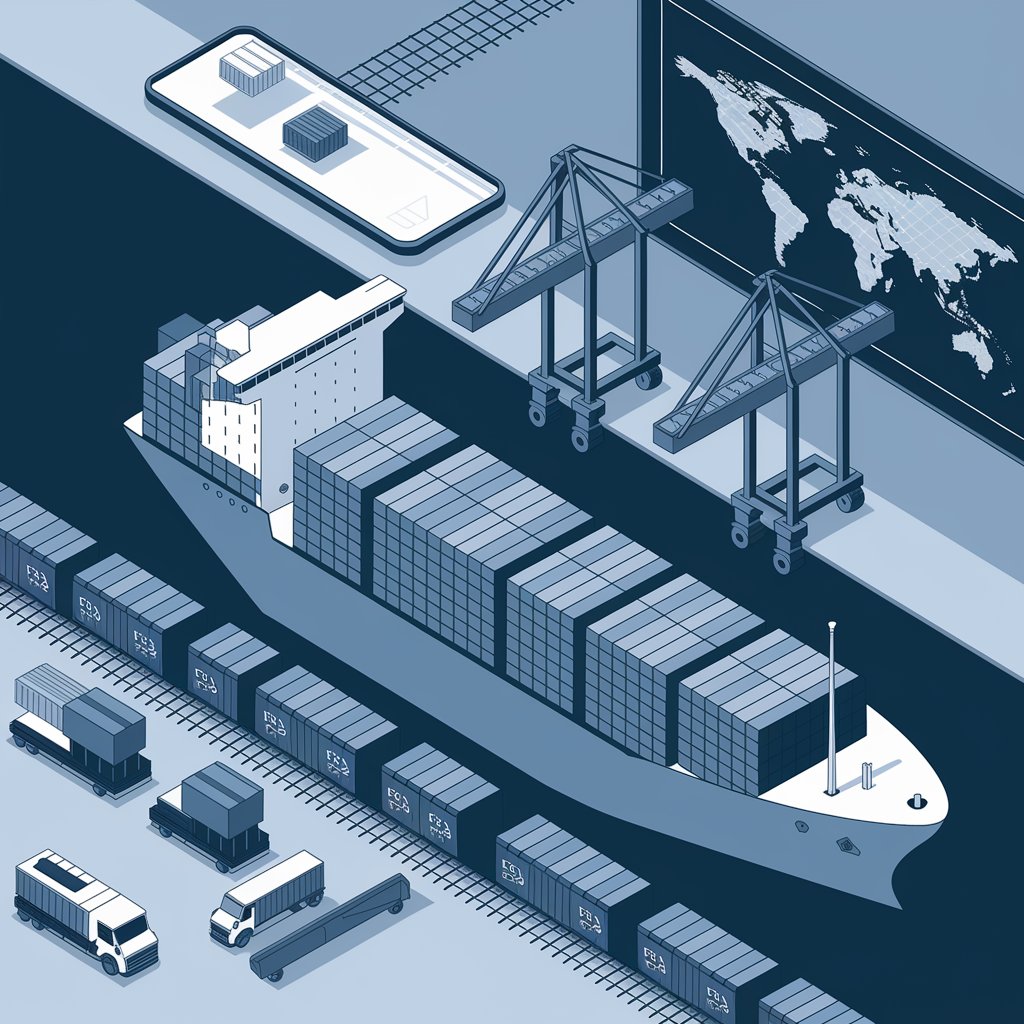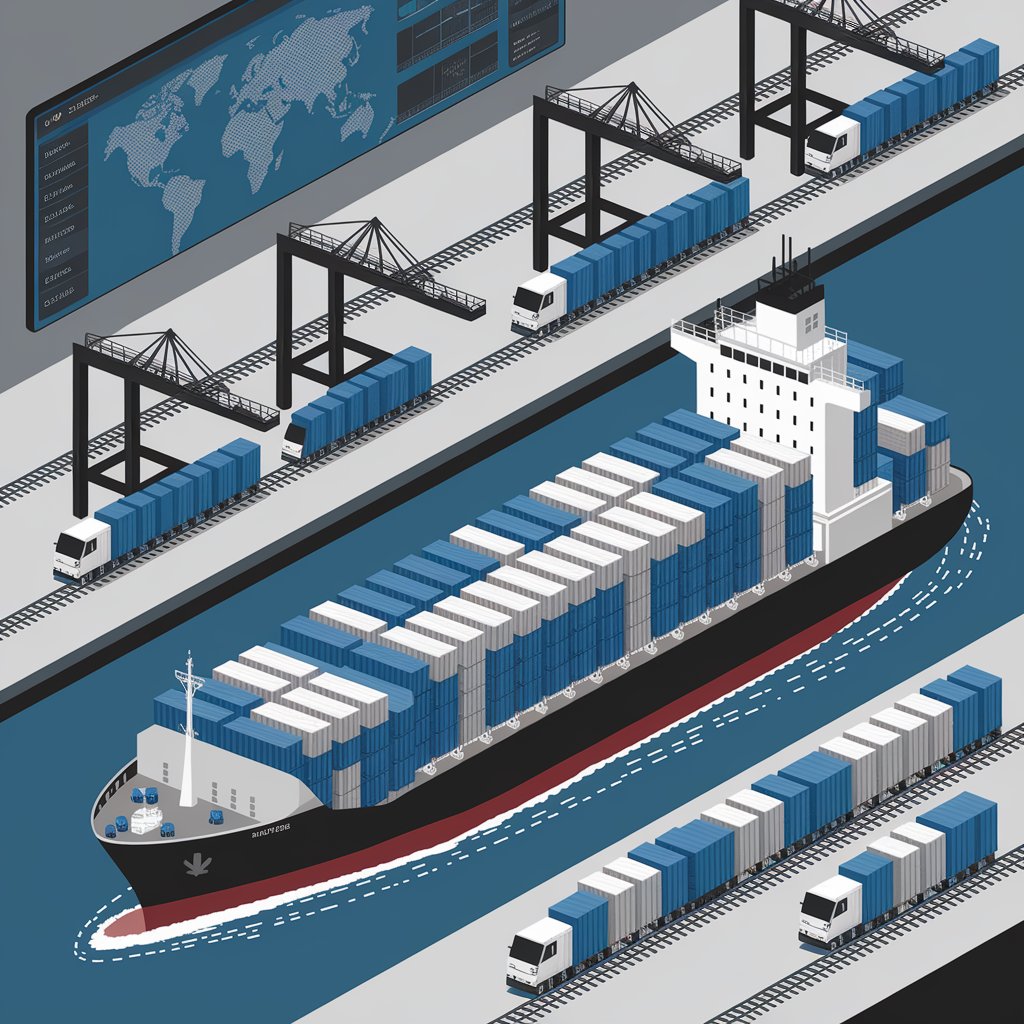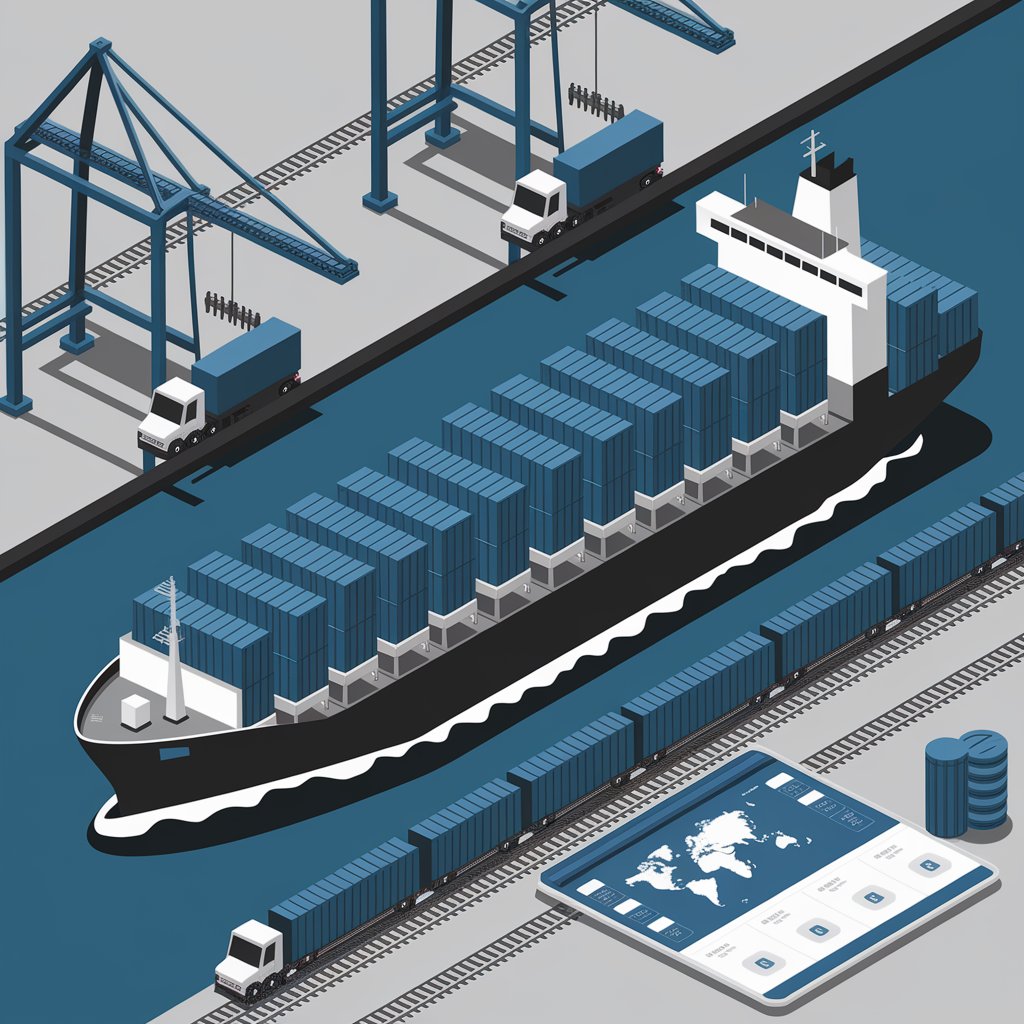Shipping and Container: The Backbone of Global Trade
In this article, we explore what container shipping is, how it works, and why it’s essential for freight logistics in the 21st century.

📦 What Is Container Shipping?
Container shipping refers to the use of standardized metal boxes—called shipping containers—to transport cargo across sea, land, and even air. These containers are:
- 🚢 Loaded onto ocean vessels for intercontinental trade
- 🚛 Transferred to trucks for inland delivery
- 🚂 Moved by rail as part of intermodal transport
The most common types include:
- 20 ft standard container (TEU)
- 40 ft standard or high cube container (FEU)
- Reefer containers for temperature-sensitive goods
- Open-top or flat rack containers for oversized cargo
⚙️ How It Works: The Shipping and Container Workflow
- Stuffing (Loading) – Cargo is packed inside the container at the origin facility
- Drayage – A truck hauls the container to the port
- Ocean Shipping – The container is loaded onto a vessel for international transport
- Destination Port Unloading – The container is discharged from the ship
- Final Delivery – Drayage or rail delivers it to the consignee or warehouse
This entire journey is managed using shipping documents like B/L (Bill of Lading), container seals, and booking references.

🌍 Why Containers Changed Everything
Advantage | Impact |
📏 Standardization | Universal size simplifies global logistics |
🔐 Security | Sealed containers reduce theft and tampering |
📉 Cost-Efficiency | Reduces manual labor and packaging waste |
🔄 Intermodal Compatibility | Seamless switch from ship to truck to rail |
🚀 Speed | Fast vessel loading/unloading at ports |
Before containers, goods were loaded individually, slowing down ports and increasing damage. Containerization revolutionized freight forever.
🧰 Types of Containers and Their Uses
Container Type | Use Case |
🧱 Standard Dry Container | Electronics, clothing, furniture, consumer goods |
❄️ Reefer Container | Perishables like food, pharmaceuticals |
🪵 Flat Rack | Machinery, vehicles, oversized cargo |
🏗️ Open Top | Tall or top-loaded items |
🧼 Tank Container | Liquids like chemicals, oils, and food-grade materials |
Each container is assigned a unique ID code and tracked globally via software and IoT devices.

📲 Shipping and Container Technology
Today, the container shipping process is enhanced by:
- 📡 GPS tracking for real-time container location
- 🤖 Smart containers with temperature/humidity sensors
- 📊 Freight management software for booking and visibility
- 🔄 API integrations with carriers and customs systems
Platforms like Linbis, CargoSmart, and Maersk Spot lead in digital transformation for container logistics.
🏢 Who Uses Container Shipping?
- 🏭 Manufacturers exporting bulk goods
- 🛍️ Retailers importing inventory from overseas
- 🚢 Freight forwarders managing international shipments
- 🧾 Brokers arranging intermodal routes
- 📦 3PLs and NVOCCs coordinating logistics across regions
From solo shippers to global giants—containers are the universal solution for cargo movement.

🌿 Future of Container Shipping
Sustainability and innovation are reshaping the industry:
- 🌱 Eco-friendly vessels with lower emissions
- 🚢 Autonomous ships being tested for long-haul freight
- 📡 IoT container monitoring for predictive insights
- 🧠 AI-based routing for fuel and cost optimization
The industry is rapidly going digital—while staying container-based at its core.
🏁 Final Thoughts
Understanding shipping and container logistics is crucial for any business moving goods across borders. Containers provide the perfect mix of protection, scalability, and global compatibility.
📦 From factory to customer, shipping containers keep the world connected—one box at a time.
